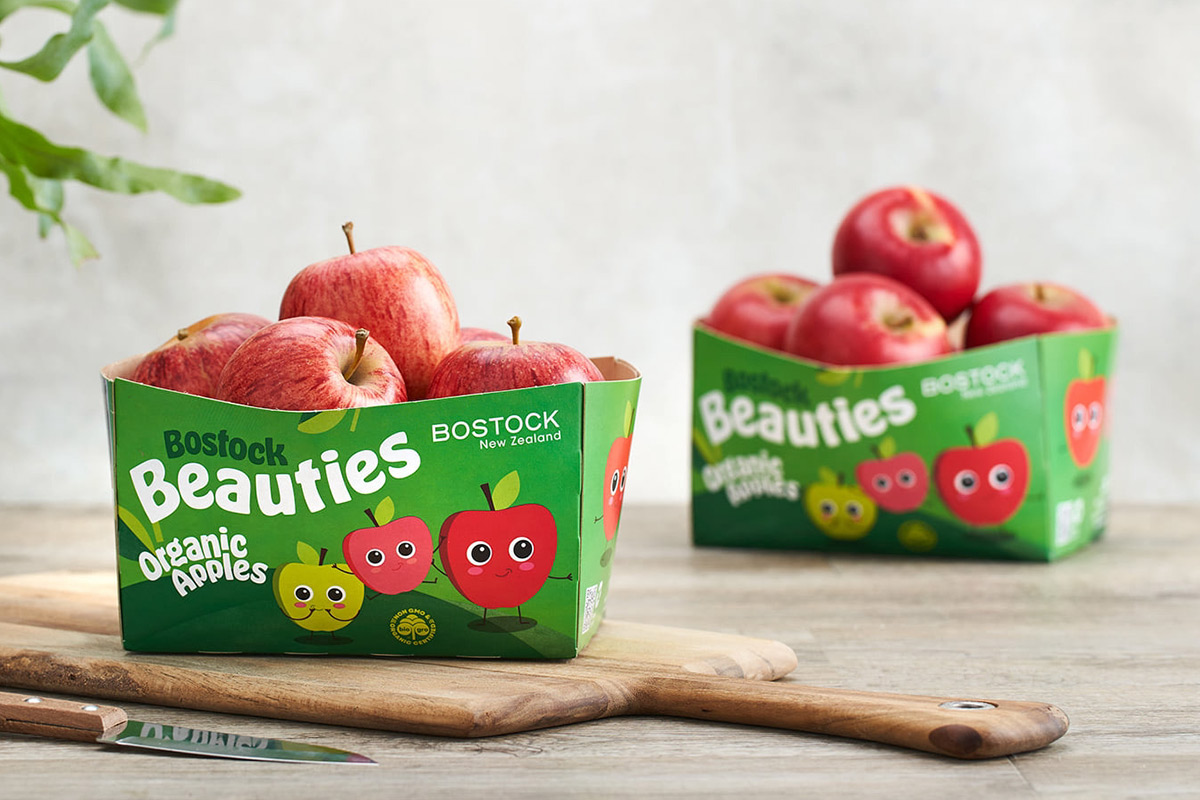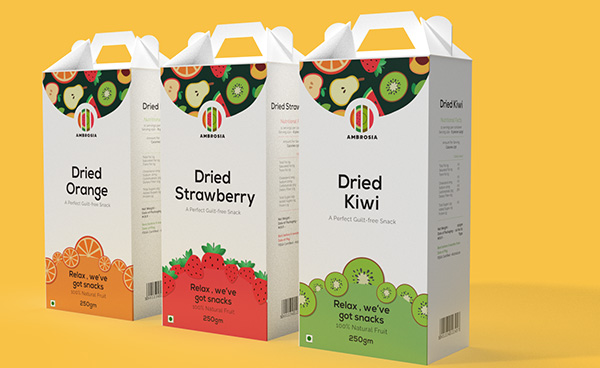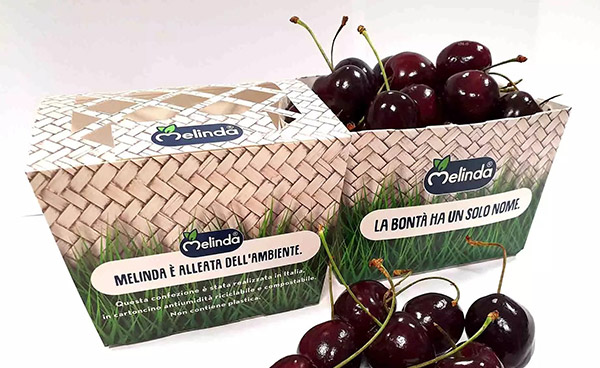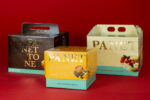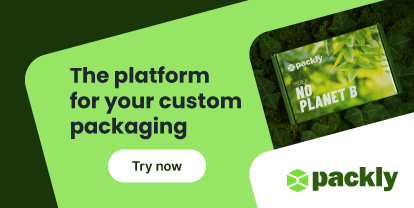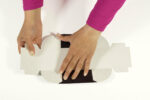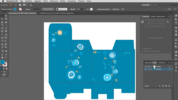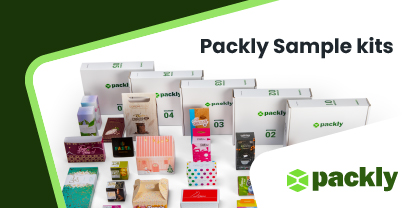Packaging for fruit and vegetables is evolving. It’s not just a way to preserve products but a marketing tool to win customer preferences. Let’s see how to maximize sales with cardboard boxes.
Packaging for fruit and vegetables is key to the success of the sector. This statement is true regardless of its format and the sales channel (online or physical store).
In fact, boxing is one of the four marketing levers (product, packaging, distribution, and price) facilitating the purchasing process. It is also a differentiator for the product and therefore convinces the final buyer to purchase it.
Differentiating packaging for fruit and vegetables
Today, producing quality fruit and vegetables is a prerequisite to being successful on the market. Often, the fruit and vegetables grown by a particular company are very similar to those produced elsewhere. What distinguishes the two offers is how they present and communicate the product.
Packaging is one of the integral elements of product communication. The fruit and vegetable sector depends on its inherent characteristics: attention to price and the distribution system. Therefore, any brand strategy must take into account the retailer policies and the countries where they want to sell.
The importance of packaging for innovation
Much of the innovation comes directly from the packaging companies, which are the true pioneers in the different scenarios. Still, they have to deal with price constraints, the choices of the large-scale retail trade, and the rules mandated by governments.
The packaging for fruit and vegetables serves firstly to make the product transportable along the various supply chains. Secondly, it needs to protect the items and preserve their freshness. Last but not least, it is also a fundamental marketing tool, positioning the article from the point of view of the price, but also a way to enhance the important aspects of the content. In fact, it provides additional information such as the production method, the origin, and the description of the taste.
Sustainability as a cornerstone
While in the past the most common packaging for fruits and vegetables was made of plastic or wood, marketing research shows that consumer attention is more focused on cardboard with customized graphics.
Distinguishing your product by choosing an appropriate packaging leads to better results and many companies, in recent years, have started to adapt.
Finally, the interest of companies in biodegradable and eco-friendly materials is growing. A sustainable choice improves brand image and reputation in the eyes of consumers, who are increasingly sensitive to environmental issues.
Conclusions
Do you want your product to stand out from the competition? Start by building a prototype packaging on Packly. You can customize it at will and share the 3d preview including special finishing.
